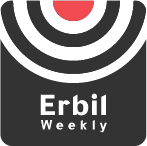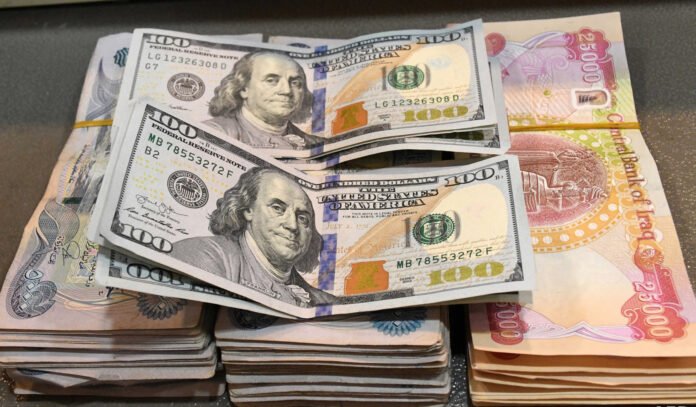The Dollar-Dinar gap continues to shape local currency markets across the Kurdistan Region and beyond. Exchange rates now differ slightly between major cities, creating confusion and market instability.
In Erbil, one hundred US dollars exchanges for 142,250 Iraqi dinars. In Sulaymaniyah, that same amount trades at 142,300 dinars. Meanwhile, Duhok matches Erbil at 142,250 dinars. Baghdad’s rate also remains at 142,250 dinars. However, in Kirkuk, the exchange rate rises to 142,350 dinars, the highest among all reported cities.
These small but consistent differences signal growing pressure in local currency exchange. The Dollar-Dinar gap reflects supply challenges, rising demand, and limited access to US currency.
Business owners in the region say these variations affect pricing decisions and financial planning. Retailers often adjust prices daily to reflect changing rates. Consequently, shoppers experience noticeable price hikes in imported goods.
At the same time, gold prices have also surged. A gram of 24-karat gold sells for 750,000 dinars. For 21-karat gold, the price is 658,000 dinars per gram. Meanwhile, one ounce of gold now costs 4,610,000 dinars. Additionally, one kilogram of gold reached 148,210,000 dinars.
These rising prices force consumers to think twice before making purchases. Although gold remains a popular store of value, fewer buyers are entering the market due to affordability issues.
The Central Bank of Iraq continues to hold its official exchange rate steady. However, real-world trades do not match it. This persistent Dollar-Dinar gap causes uncertainty, especially for those relying on cross-border trade and financial planning.
Money exchangers in multiple cities report higher customer traffic, especially near salary days. As people look for stronger value, the demand for US dollars climbs.
The Dollar-Dinar gap shows no signs of closing soon. Economic experts urge tighter regulations and better coordination between financial institutions to restore trust in the dinar.

